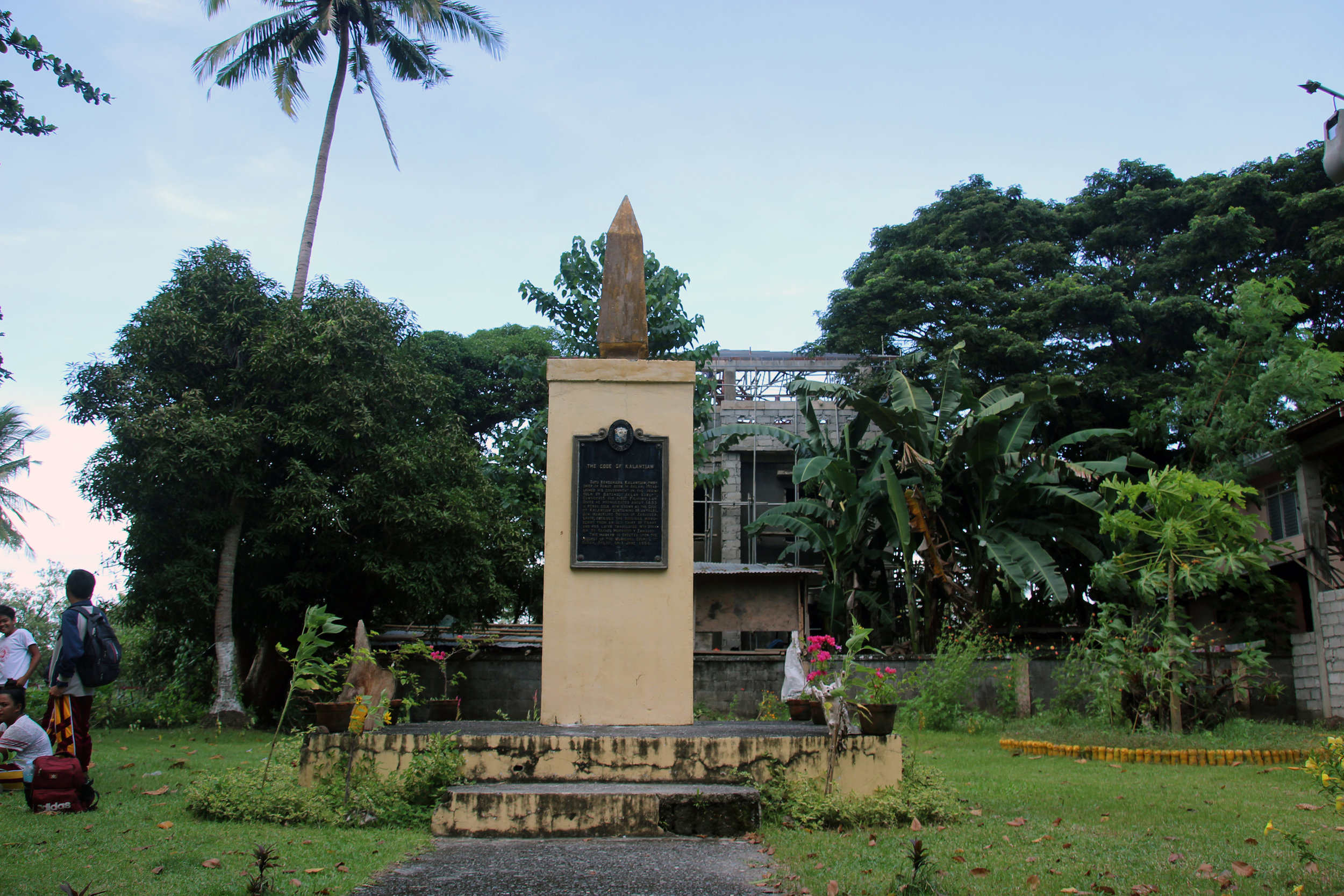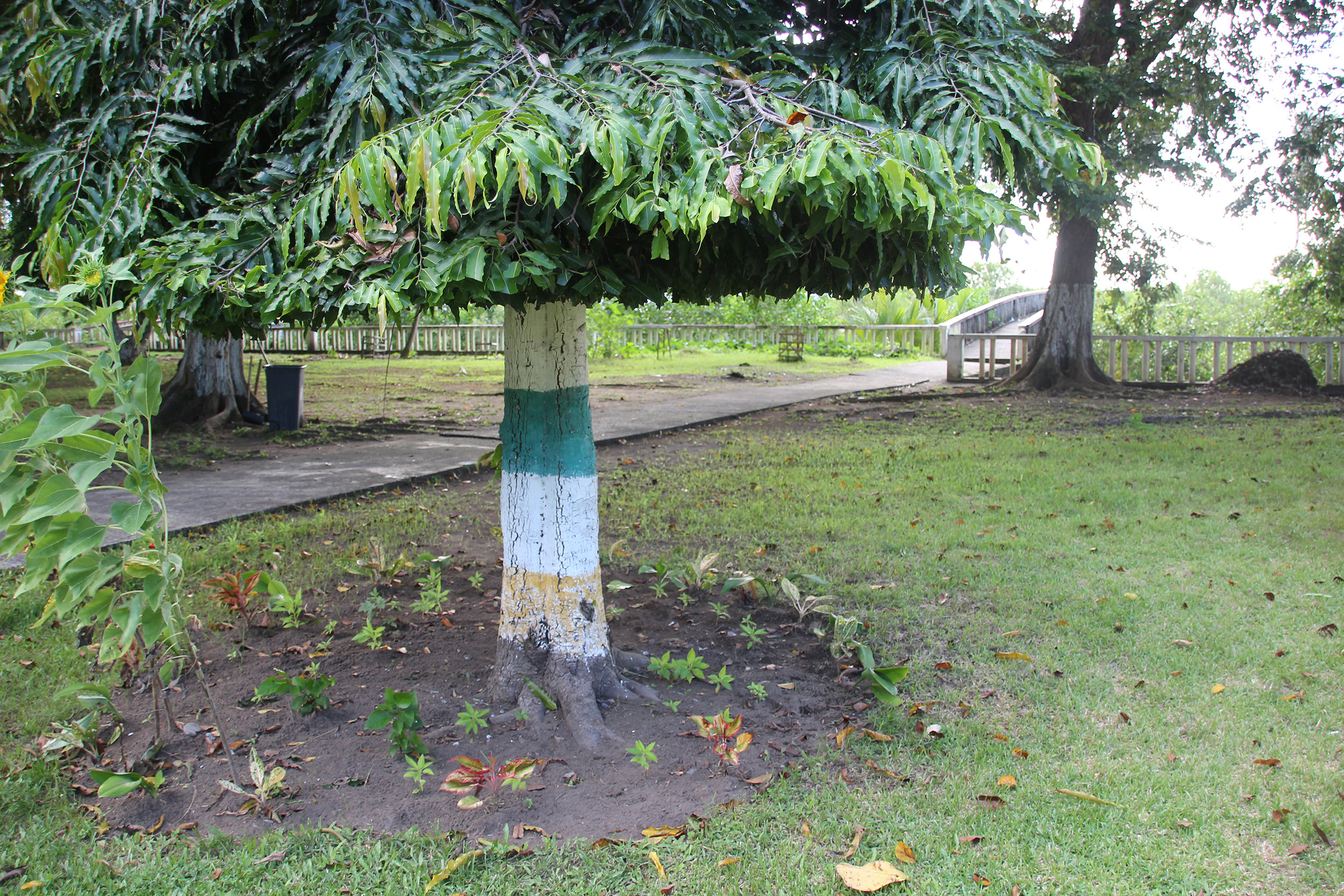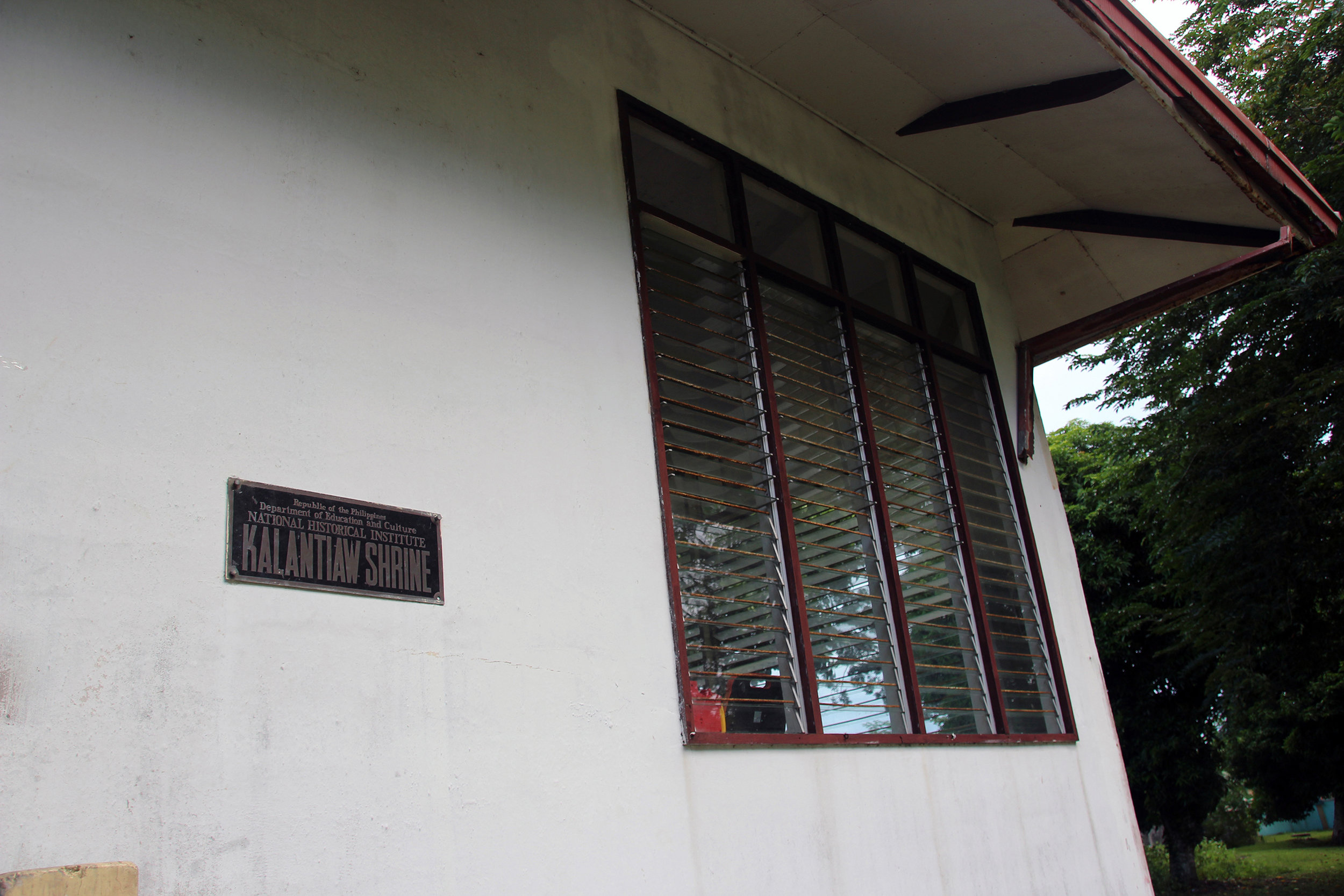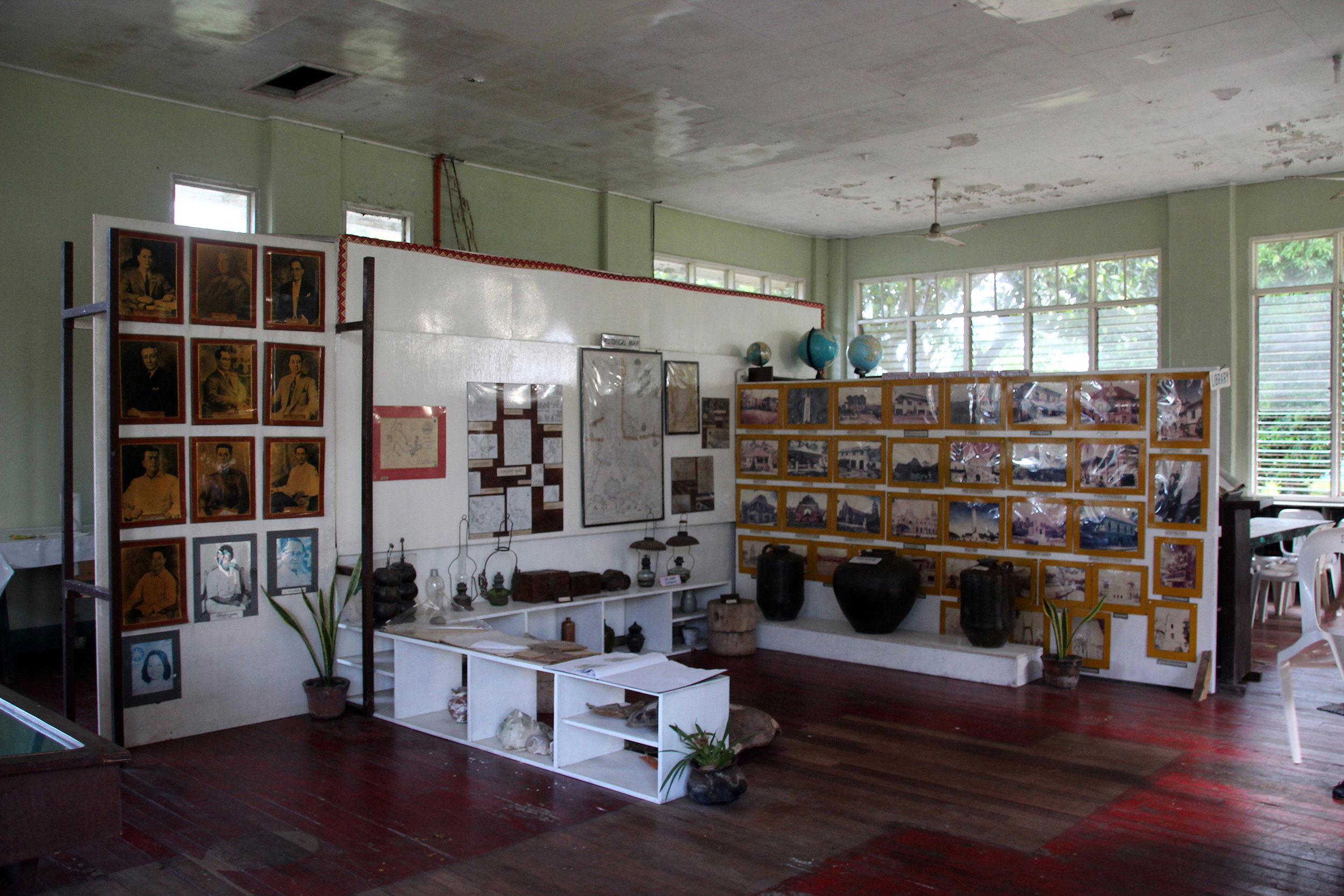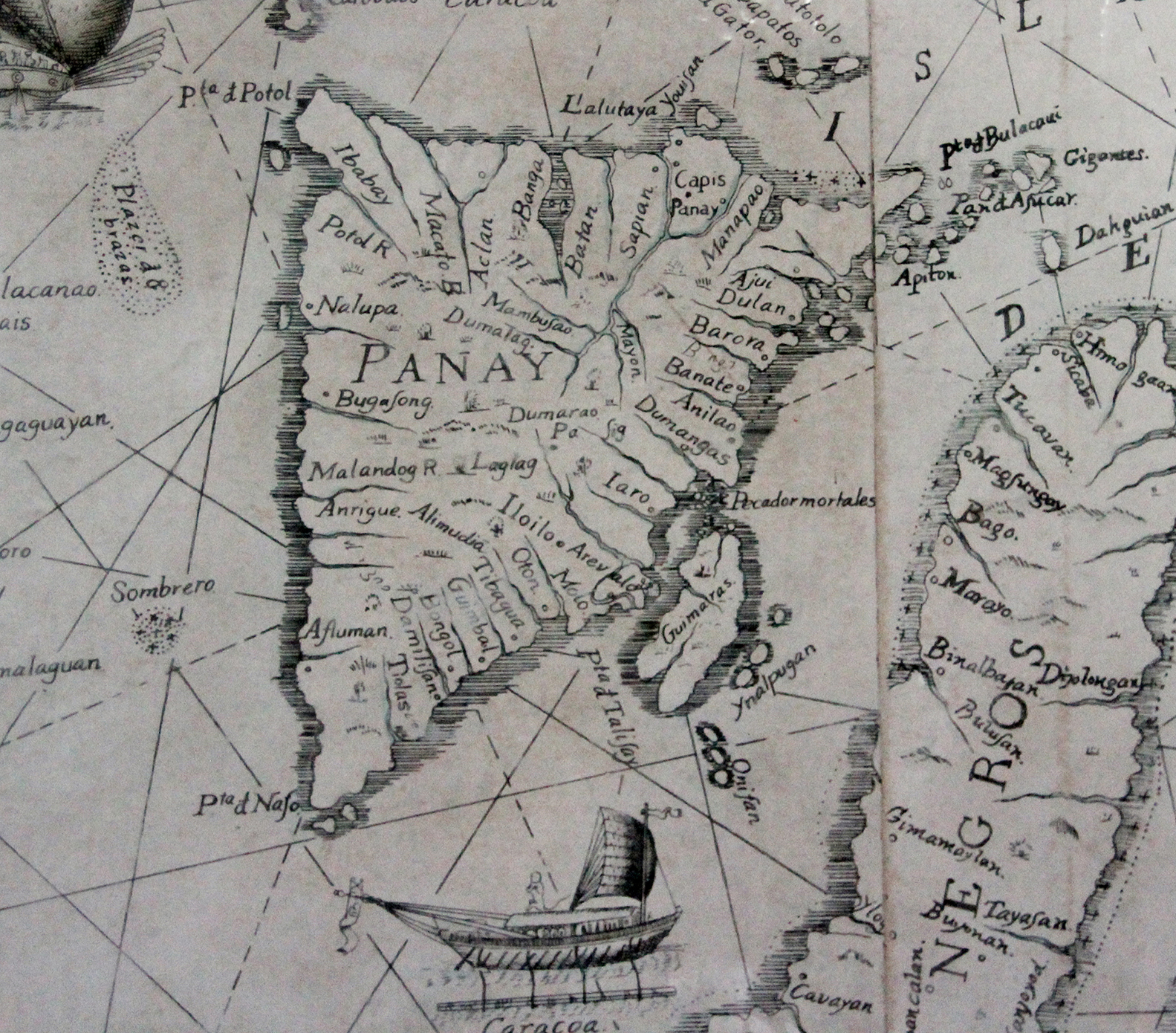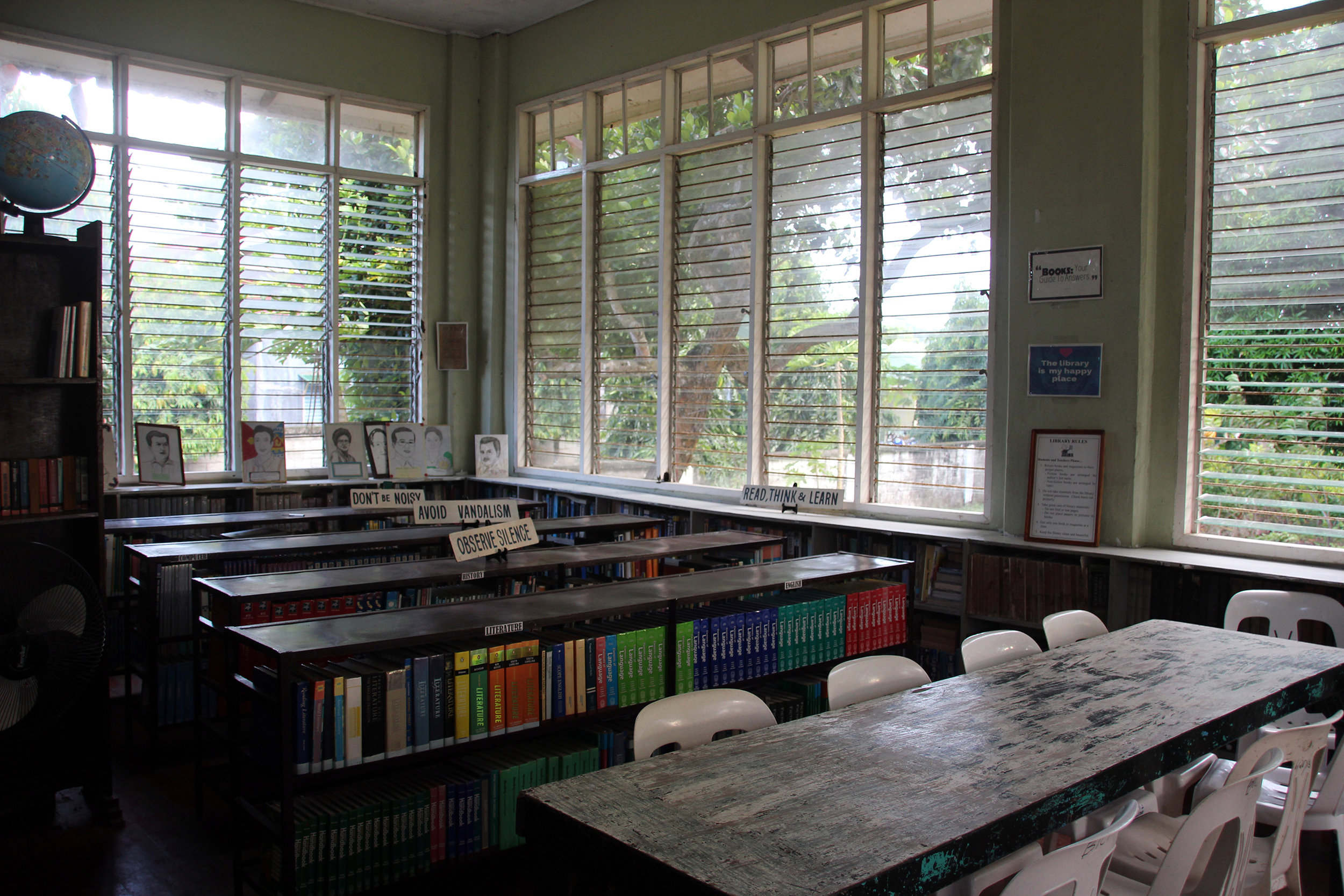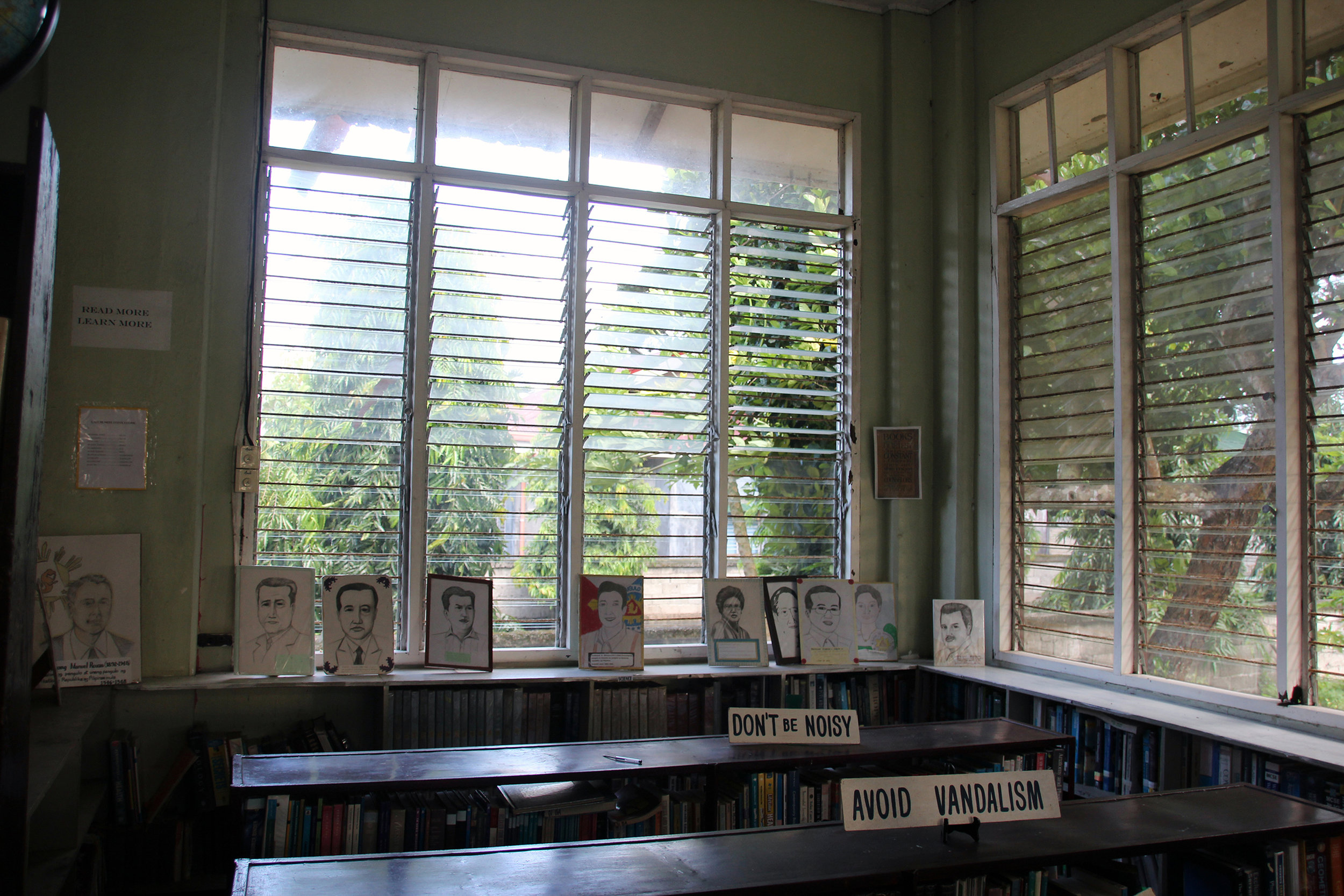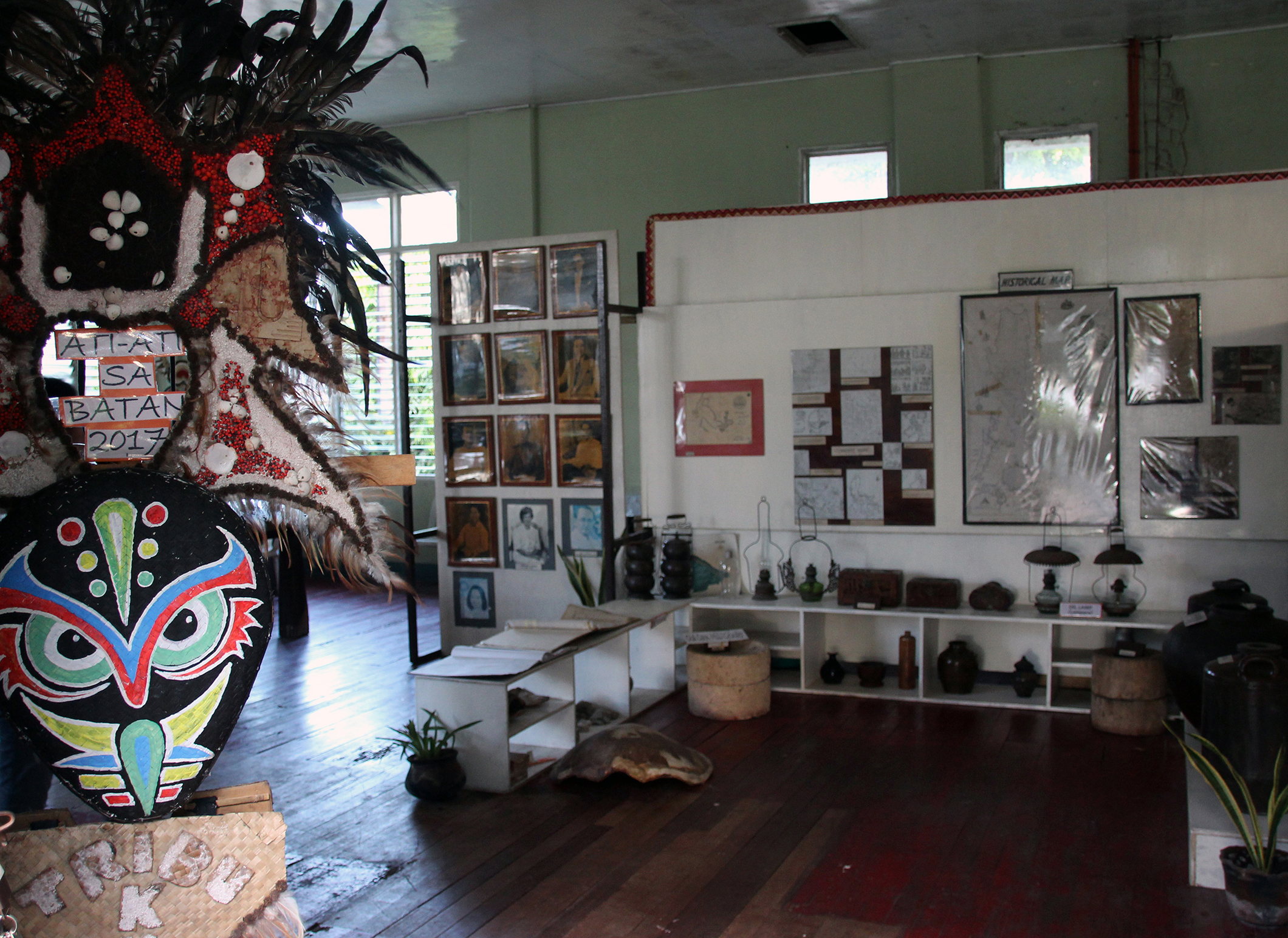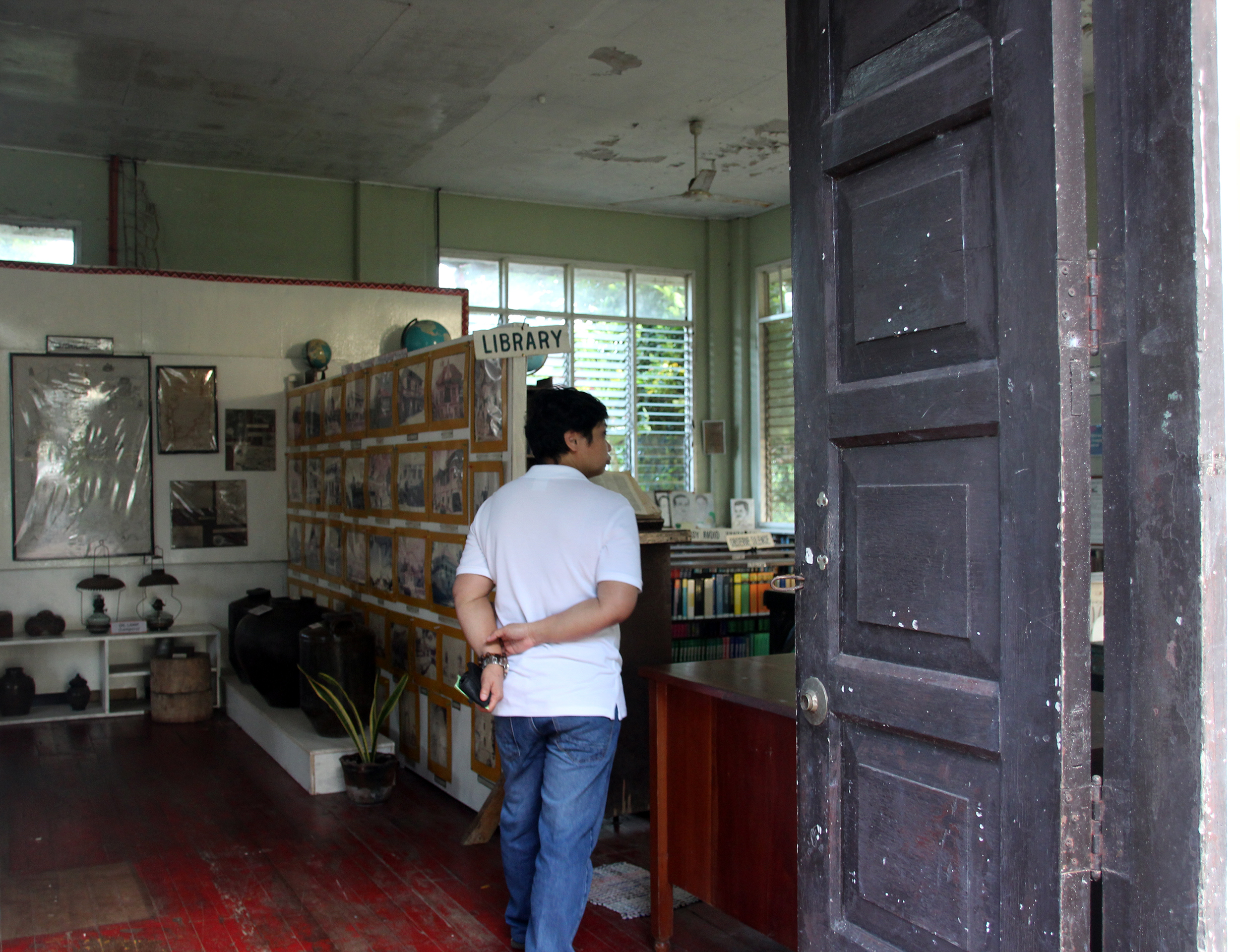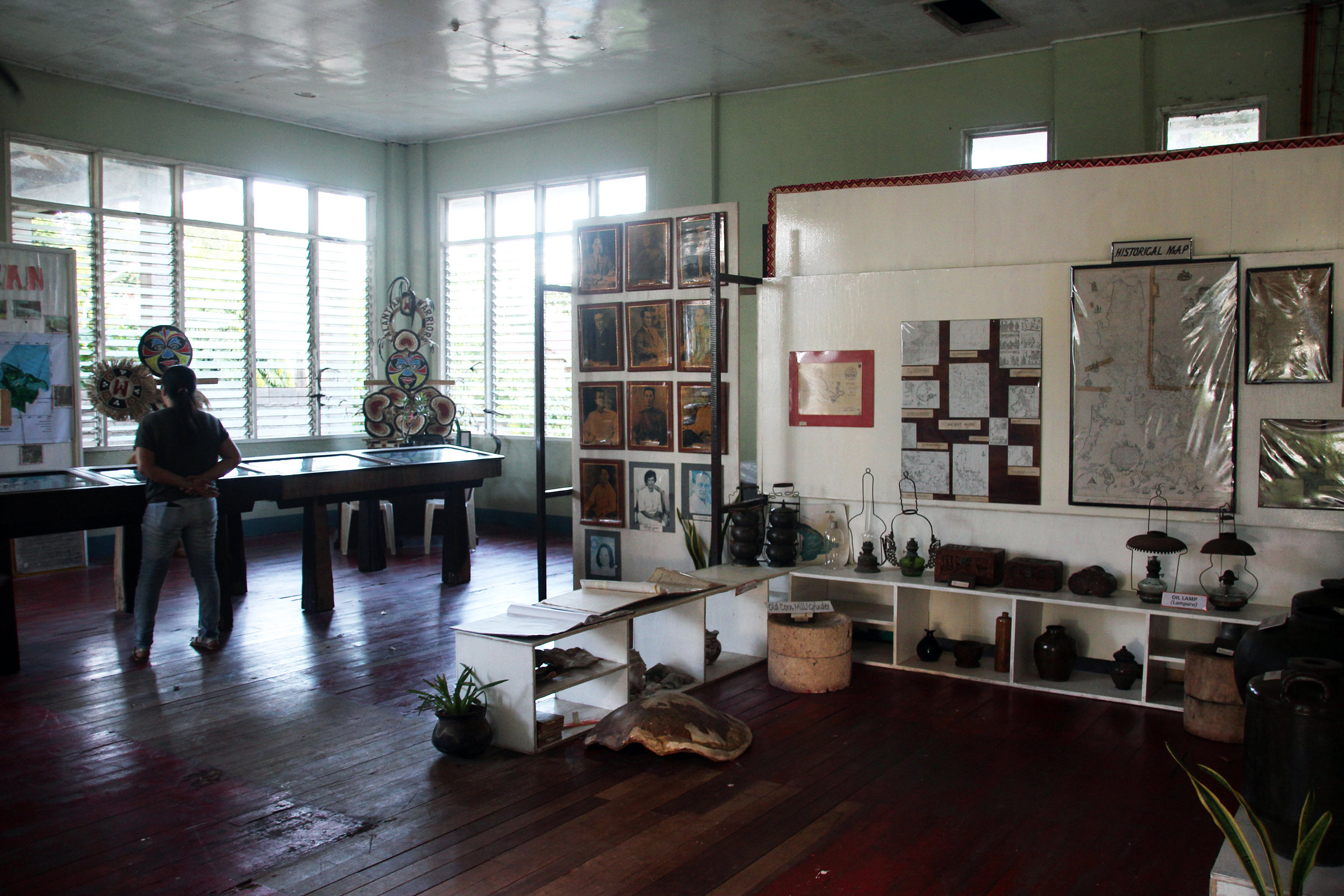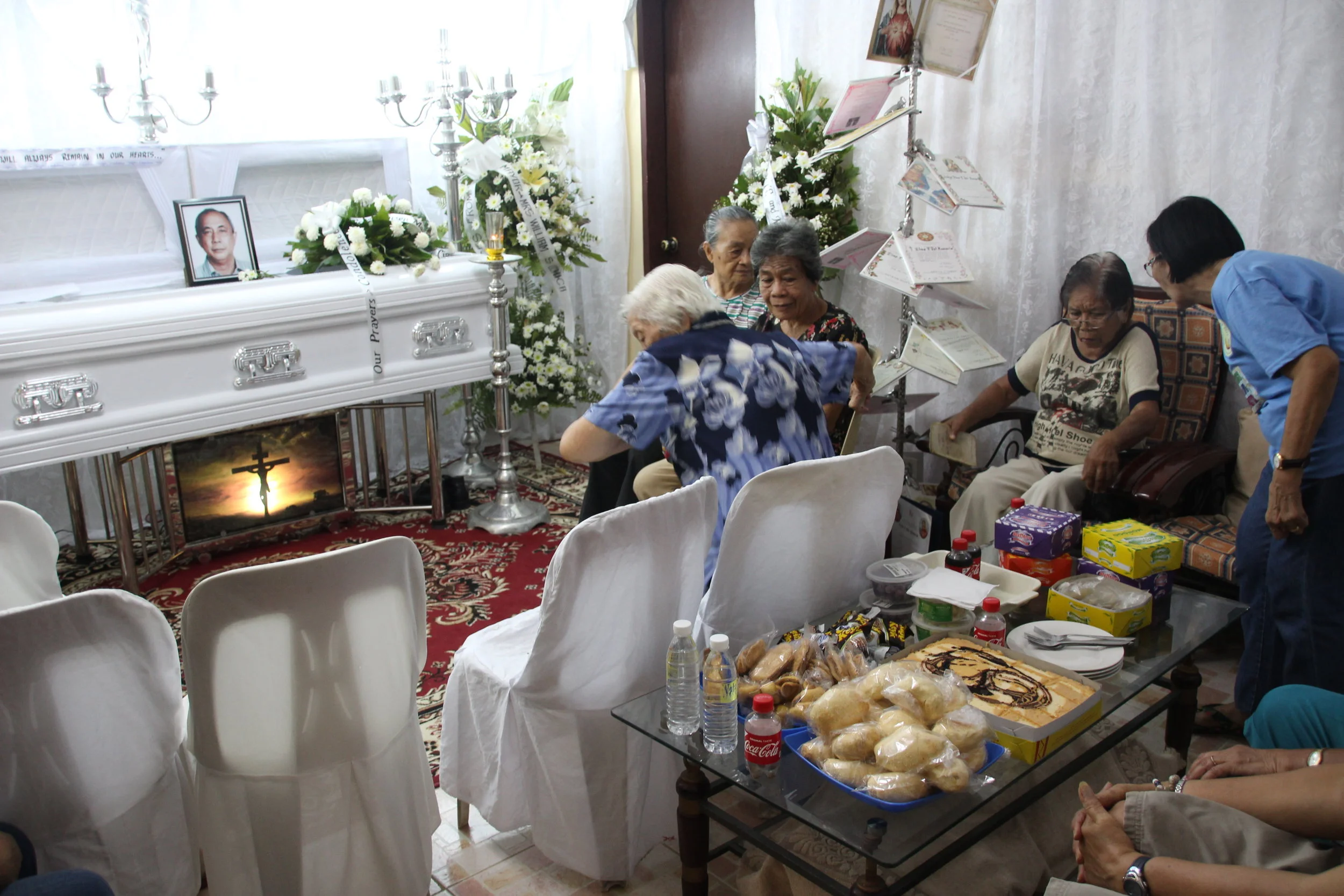The Elusive Datu Kalantiaw
Entry by Kuh Del Rosario
07 Oct 2017
Just a few yards from the Batan Harbour off the road, is a modest park with a beautiful view of the inlet. Upon entering the gate, a long and straight path lined with tall native trees guide visitors through the park. Off to the side breaking the horizon, is a great big acacia tree or akasya in Tagalog. From its substantial trunk, the tree has gone undisturbed for over a hundred years. In contrast, the history of this site is even older and lives deep in the hearts of the Batan people.
Nestled in the middle of the park stand the Shrine of the Kalantiaw. Erected by the Philippine Historical Committee in June 1956 at the request of the Municipal Council of Batan, the Shrine of Kalantiaw was officially unveiled on December 8th of the same year. Since then, the shrine and the code has received numerous accolades and national recognition.
Executive Order No. 234 approved by President Ramon Magsaysay in 1957 declared The Shrine of Kalantiaw, a National Shrine which bolstered the significance of the site as well as the Batangnon pride. The Philippine Navy venerated Datu Kalantiaw when they named a recommissioned vessel after him. BRP Datu Kalantiaw served as the navy’s flagship vessel from 1967 to 1981. In 1971, President Ferdinand Marcos, issued Executive Order No. 294, commemorating Datu Kalantiaw’s contributions in the areas of law and justice. A couple of years later, he declared National Shrines as ‘Sacred’, adding to the cultural value of the Kalantiaw Shrine.
Executive Order No. 234 approved by President Ramon Magsaysay in 1957 declared The Shrine of Kalantiaw, a National Shrine which bolstered the significance of the site as well as the Batangnon pride.
Code of Kalantiaw
Article I - Ye shall not kill, neither shall ye steal nor shall ye hurt the aged, lest ye incur the danger of death. All those who this order shall infringe shall be tied to a stone and drowned in a river or in boiling water.
Article II - Ye shall punctually meet your debt with your headman. He who fulfills not, for the first time shall be lashed a hundredfold, and If the obligation is great, his hand shall be dipped threefold in boiling water. On conviction, he shall be flogged to death.
Article III - Obey ye: no one shall have wives that are too young, nor shall they be more than what he can take care of, nor spend much luxury. He who fulfils not, obeys not, shall be condemned to swim three hours and, for the second time, shall be scourged with spines to death.
Article IV - Observe and obey ye: Let not the peace of the graves be disturbed; due respect must be accorded them on passing by caves and trees where they are. He who observes not shall die by bites of ants or shall be flogged with spines till death.
Article V - Obey ye: Exchange in food must be carried out faithfully. He who complies not shall be lashed for an hour. He who repeats the act shall, for a day be exposed to the ants.
Article VI - Ye shall revere respectable places, trees of known value, and other sites. He shall pay a month's work, in gold or money, whoever fails to do this; and if twice committed, he shall be declared a slave.
Article VII - They shall die who kill trees of venerable aspect; who at night shoot with arrows the aged men and the women; he who enters the house of the headman without permission; he who kills a fish or shark or striped crocodile.
Article VIII - They shall be slaves for a given time who steal away the women of the headmen; he who possesses dogs that bite the headmen; he who burns another man's sown field.
Article IX - They shall be slaves for a given time, who sing in their night errands, kill manual birds, tear documents belonging to the headmen; who are evil-minded liars; who play with the dead.
Article X - It shall be the obligation of every mother to show her daughter secretly the things that are lacivious, and prepare them for womanhood; men shall not be cruel to their wives, nor should they punish them when they catch them in the act of adultery. He who disobeys shall be torn to pieces and thrown to the caymans.
Article XI - They shall be burned, who by force or cunning have mocked at and eluded punishment, or who have killed two young boys, or shall try to steal the women of the old men (agurangs).
Article XII - They shall be drowned, all slaves who assault their superiors or their lords and masters; all those who abuse their luxury; those who kill their anitos by breaking them or throwing them away.
Article XIII - They shall be exposed to the ants for half a day, who kill a black cat during the new moon or steal things belonging to the headmen.
Article XIV - They shall be slaves for life, who having beautiful daughters shall deny them to the sons of the headman, or shall hide them in bad faith.
Article XV - Concerning their beliefs and superstitions: they shall be scourged, who eat bad meat of respected insects or herbs that are supposed to be good; who hurt or kill the young manual bird and the white monkey.
Article XVI - Their fingers shall be cut off, who break wooden or clay idols in their olangangs and places of oblation; he who breaks Tagalan's daggers for hog killing, or breaks drinking vases.
Article XVII - They shall be killed, who profane places where sacred objects of their diwatas or headmen are buried. He who gives way to the call of nature at such places shall be burned.
Article XVIII - Those who do not cause these rules to be observed, if they are headmen, shall be stoned and crushed to death, and if they are old men, shall be placed in rivers to be eaten by sharks and crocodiles.
Rajah Bendahara Kalantiaw was a Datu or ruler, believed to have created the first legal code (Code of Kalantiaw) in the Philippines in 1433. This is supremely significant for the people of the Panay Island and more specifically for Batangnons, since he was believed to have ruled in this region.
What is known of Datu Kalantiaw is derived from a two volume document written by Friar José María Pavón in 1838. Las Antiguas leyendes de la Isla de Negros (The Old Legends of the Negros Islands) was widely accepted as an important artifact detailing pre-Spanish Philippine History. This piece of writing, has in effect filled a lot of missing information about the Philippines, before colonization. Scholarly writings and research have sited from this document, further legitimizing and cementing its contents in the country’s history books.
However, the Nations’ love affair with Datu Kalantiaw and his contributions to the country was challenged with the 1968 essay, Critical Study of the Prehispanic Source Materials for the Study of Philippine History by historian William Henry Scott. In front of respected historians and scholars, Scott defended his findings and succeeded. The essay was then published in the University of Santo Tomas Press in 1968. In short, the source of the document proved unreliable, and the document itself, a complete fallacy.
At the time, this revelation must have stirred in the hearts of the Batangnons, anger and devastation. Datu Kalantiaw was not only a historical figure, but came to represent a validation of a National scale. He was the source of immense pride; for Datu Kalantiaw - from Batan, to have made such a large contribution to Philippine history is inspiring. He represented the quintiscential pre-colonial Filipino leader, honourable, dignified and full of wisdom.
A fellow Batangnon recounted how the news of the dispute affected her personally. In rough translation, she said,'It hurt deeply, I spent my whole childhood believing. Datu Kalantiaw is a part of me, to revoke him would to be to rescind what makes me Batangnon.'
In fact, a lot of Batangnons grew up with Datu Kalantiaw as part of their everyday. In school, children would learn about Datu Kalantiaw. After school they would play around the Shrine. Teens would find solace under the shade of the trees guarding the Shrine, or gather in groups to practice a dance routine for a school event. The park is an ideal place to watch Batan sunsets, which locals are known to do. A group of townsmen have organized as Knights of Kalantiaw, which was established shortly after the Shrine was erected. The Knights have a philanthropic mandate which makes use of their members' prominence and social standing. Datu Kalantiaw has effectively permeated contemporary life, hundreds of years after death.
Who was the 'Filipino' before the Spaniards took hold of our country? How did Philippine history become so confusing and full of mystery?
This encompassing effect of Datu Kalantiaw could be the reason for his many believers and staunch defenders, despite damning evidence to the contrary. In Batan, tradition, lineage and legacy is internalized to affect every aspect of being. This can be a heavy burden but also a powerful force that connects people by blood and culture. Over the past several decades, Datu Kalantiaw became central to the narrrative of Batan before the Spaniards. If Datu Kalantiaw did not exist, then who did?
Who was the 'Filipino' before the Spaniards took hold of the country? How did Philippine history become so confusing and full of mystery?
When did the Filipino have complete power over his body and land? What did that look like?
Whether or not the manuscripts are forgeries or authentic writings detailing the past, is no longer as relevant as the questions - Why is it so important for Datu Kalantiaw to remain part of Philippine History? What role does he play in defining the True Filipino (pre-colonial occupation) as a way of informing the Filipino now? The people's belief in Datu Kalantiaw, has been a force all its own, immortalizing a hundreds' old character through unfailing commemoration and veneration.
Datu Kalantiaw has become a manifestation of the values of Batangnons which can never be disputed.


